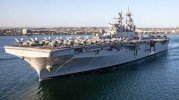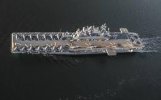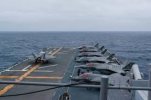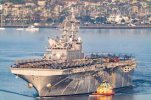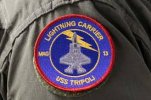Mattis and Van Riper are certainly not lightweights.A cabal of graybeards clearly has an issue. Whether that represents anything within the senior ranks of the Corps is an outstanding question.
Although I think Berger is correct in regards to preparing for China, I was surprised he didn’t hedge his bets and leave some armor and extra tube artillery with the East Coast Marines and the reserves to cover contingencies in the third world.



